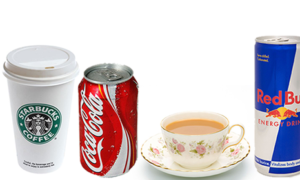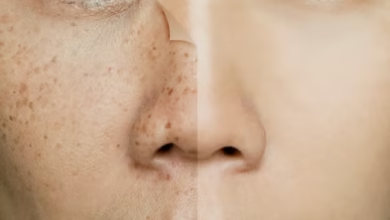What Is Chikungunya? Symptoms, Causes, treatment

Chikungunya is a viral disease transmitted to humans through the bites of infected mosquitoes, particularly Aedes mosquitoes. It is characterized by fever, joint pain, and rash. The word “chikungunya” is derived from the Kimakonde language, meaning “to become contorted,” which refers to the stooped posture of individuals suffering from joint pain.
The three primary symptoms of chikungunya are:
Fever:
Chikungunya infection is typically characterized by a sudden onset of high fever. The fever is often accompanied by chills and can exceed 102°F (39°C).
Joint pain:
One of the hallmark symptoms of chikungunya is severe joint pain, also known as arthralgia. The joint pain is usually bilateral and symmetric, affecting multiple joints such as the hands, wrists, ankles, and feet. The pain can be debilitating and may persist for weeks or even months after the initial infection.
Rash:
Many individuals infected with chikungunya develop a rash, typically appearing within two to three days after the onset of fever. The rash is often maculopapular, meaning it consists of small, raised red lesions. It commonly affects the trunk and extremities, including the arms and legs.
Causes:
Chikungunya is caused by the chikungunya virus (CHIKV), which belongs to the alphavirus genus. It is primarily transmitted to humans through the bites of infected Aedes mosquitoes, particularly Aedes aegypti and Aedes albopictus. These mosquitoes typically breed in and around human dwellings and are active during the day.
Treatment:

There is no specific antiviral treatment available for chikungunya. Treatment is mainly focused on relieving symptoms and providing supportive care. The following measures can help manage the symptoms:
- Rest: Getting plenty of rest is crucial to allow the body to recover.
- Hydration: Drinking an adequate amount of fluids, such as water and oral rehydration solutions, helps prevent dehydration.
- Pain relief: Over-the-counter pain medications, such as acetaminophen (paracetamol), can help reduce fever and alleviate joint pain. Nonsteroidal anti-inflammatory drugs (NSAIDs) may also be prescribed by a healthcare professional to manage pain and inflammation.
What not to eat in chikungunya?
While there is no specific diet for chikungunya, certain dietary guidelines can help support recovery and alleviate symptoms. It is recommended to avoid certain foods and drinks that may exacerbate symptoms or hinder the healing process. Here are some things to avoid:
Sugary foods and beverages:

High sugar intake can contribute to inflammation and weaken the immune system. It is advisable to avoid sugary drinks, sodas, candies, and desserts.
Processed and fried foods:
Foods that are processed or high in unhealthy fats can increase inflammation in the body. Avoid fried foods, fast food, processed snacks, and pre-packaged meals.
Alcohol:

Alcohol consumption can dehydrate the body and interfere with the immune system. It is best to avoid alcoholic beverages until you have fully recovered.
Caffeinated drinks:

Caffeine can contribute to dehydration, which is already a concern in chikungunya. It is advisable to limit or avoid caffeinated drinks like coffee, black tea, and energy drinks.
Spicy and acidic foods:

Spicy and acidic foods can potentially irritate the digestive system and exacerbate gastrointestinal symptoms. It may be beneficial to avoid hot spices, citrus fruits, and acidic condiments during the acute phase of the illness.
Excessive salt intake:

While some salt in the diet is necessary, excessive salt intake can lead to fluid retention and swelling. It is recommended to consume salt in moderation and avoid highly salted processed foods.
Instead, focus on a balanced and nutritious diet that includes:
-
- Fresh fruits and vegetables: These provide essential vitamins, minerals, and antioxidants that support the immune system and promote healing.
- Lean proteins: Include sources of lean proteins such as poultry, fish, legumes, and tofu to aid in recovery and muscle repair.
- Whole grains: Opt for whole grains like brown rice, quinoa, and whole wheat bread, which provide fiber and energy.
- Healthy fats: Incorporate sources of healthy fats such as nuts, seeds, avocados, and olive oil, which can help reduce inflammation.
If you have any queries related to medical health, consult Subhash Goyal or his team members on this given no +91 99150 72372, +91 99150 99575, +918283060000




